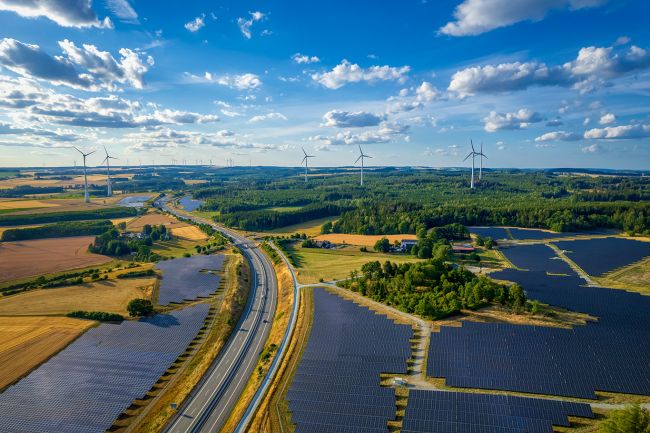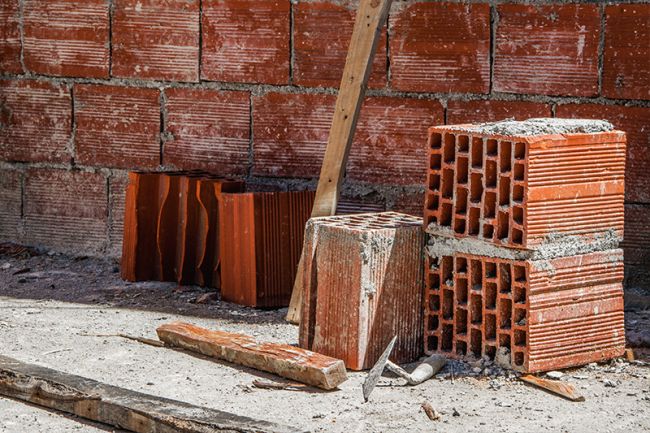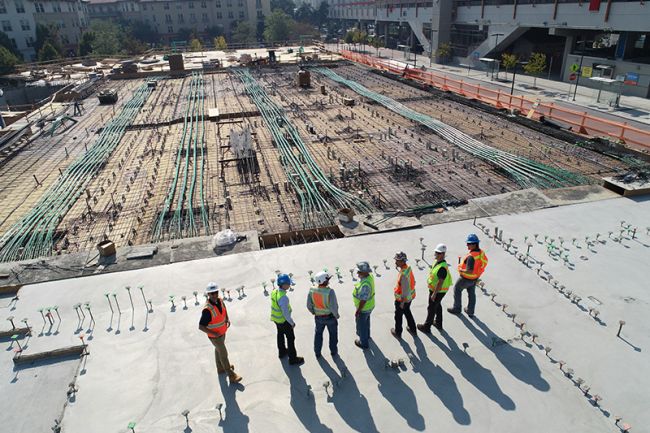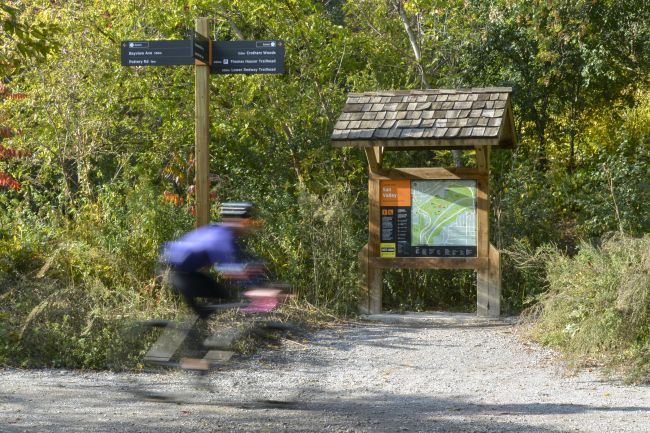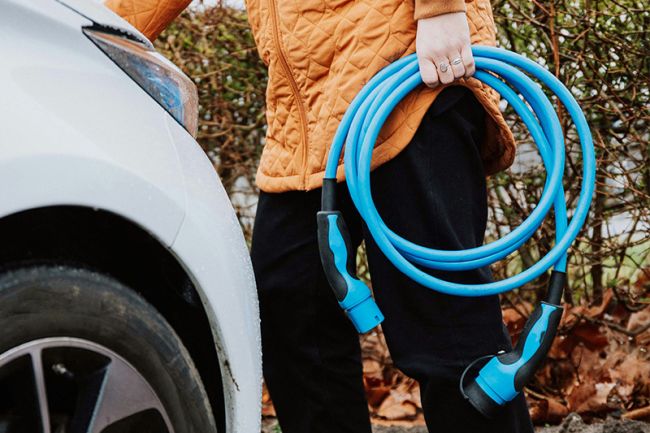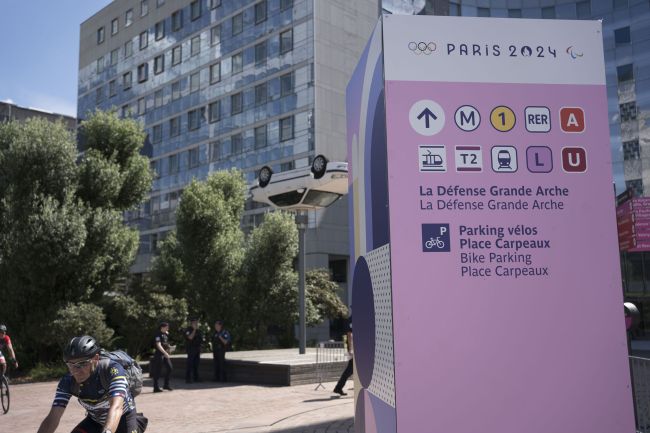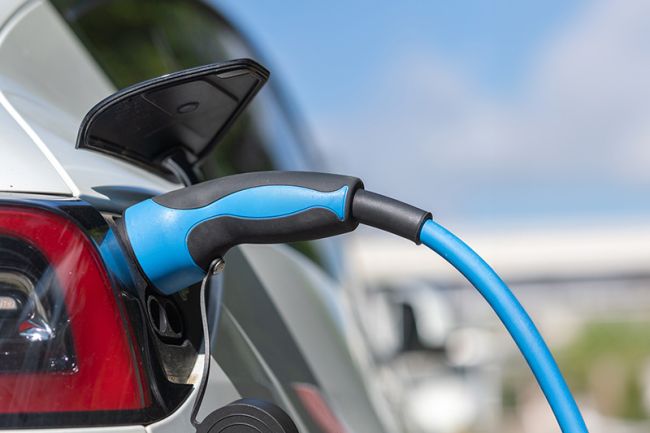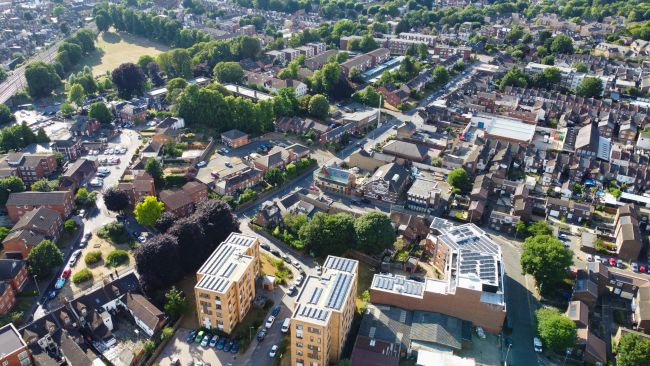Creating a green economy in Northern Ireland by turning weaknesses into strengths in rural communities
At Steer Economic Development, we adopt a tried-and-tested approach to strategy and action plan development.

At Steer Economic Development (Steer-ED), we adopt a tried-and-tested approach to strategy and action plan development which is strongly based in evidence and places a premium on co-production with local partners. This ensures that our work is embedded within the local context, draws on local knowledge and expertise, and engenders widespread buy-in and ultimately ownership of our recommendations by key stakeholders – often those who will be responsible for implementation once our work is done.
For a recent project in Northern Ireland, the latest of our growing studies in regional net zero transition projects, we worked in the Borough of Mid and East Antrim to advise on the feasibility of developing a local Zero Carbon Cooperative. This work, commissioned by Queen’s University Belfast and funded by a grant from the UK Government’s Department for Levelling Up, brought together three previously disparate but significant economic sectors locally—manufacturing, extractive, and agri-food—to address net zero and circular economy challenges. The work focussed on the co-design of a roadmap with key local stakeholders for a prototype Zero Carbon Cooperative (ZCC) with functions and forms grounded locally, and focused on operating sustainably and successfully for the long-term.
Utilising existing resources
Rural areas, such as Mid and East Antrim, often face challenges that can constrain their economic development. These include low population densities, distance from labour or capital markets, higher infrastructure costs, outward migration, and, of course, high levels of land-based activity. Low-carbon and sustainability transitions are also increasingly a key issue, offering attractive growth prospects and opportunities to redress long-standing challenges experienced by rural communities. In particular, there may be unique opportunities compared to urban areas, such as the availability of land, and proximity to renewable resources and agricultural waste streams. So, when we were approached to consider the feasibility of developing a ZCC in Mid and East Antrim, we relished the challenge.
The area’s economy is dominated by agriculture, with over 1,800 farms in a region which has three-quarters of its landmass covered by crops and pasture. As well as farming, there is a substantial manufacturing sector, which accounts for 25% of economic output. This economic context presents particular challenges to net zero; - they are notoriously difficult to decarbonise. They, combined with Mid and East Antrim’s energy-inefficient housing stock, mean the area has higher than average greenhouse gas emissions compared to the rest of Northern Ireland and the UK.
But what if this economic structure, currently a challenge for local net zero ambitions, could be turned to Mid and East Antrim’s economic and environmental advantage?
A key tenet of any net zero transition is to move away from a linear ‘take-make-consume-dispose’ model to a circular economy which is ‘restorative and regenerative by design’. For example, in 2021, the UK Government’s core Net Zero Strategy documents—the Industrial Decarbonisation Strategy (March 2021) and the Net Zero Strategy (October 2021)—both highlighted that energy and resource efficiency achieved through industrial symbiosis (a practical approach to embedding the circular economy into manufacturing) and circular economy approaches will be vital in supporting the road to net zero. Currently, just 7.9% of Northern Ireland’s economy is circular, but there is a huge opportunity within Northern Ireland for Circular Economy approaches, which could also play a significant role in achieving the Country’s net zero ambition.
Against this background, bringing together Mid and East Antrim’s agri-food, extractive, and manufacturing sectors offers multiple opportunities for creating a closed-loop system that operates by maximising the value of products, materials, and natural resources. Accordingly, our work under this study considered multiple technological building blocks, such as hydrogen generation and storage, vertical farming, and kelp cultivation. As it progressed, our feasibility study focused down on the potential of two key energy vectors – biogas and hydrogen.
In Mid and East Antrim, a significant amount of biogas could be produced from the ample waste from farming and food through the deployment of a number of large anaerobic digestion plants. Similarly, hydrogen could be generated from wind energy which is currently wasted due to ‘dispatch down’ - this occurs when the electricity transmission network operator instructs renewable energy generators to produce less electricity or to shut down entirely due to the risk of overloading electricity transmission lines.
We estimated that the deployment of 35 large anaerobic digestors fed by waste from dairy farms (or 71,000 cattle) alone within the Borough could produce 290 GWh of biomethane a year. This is similar to the total annual non-domestic gas consumption in Mid and East Antrim. This was a conservative estimate, however, as the current livestock population (beef cattle, poultry, sheep, and pigs) in the Borough reaches almost 4 million.
Further to this, a ZCC in Mid and East Antrim could capitalise on a number of developing local capabilities and initiatives in hydrogen generation and storage. These capabilities and initiatives include, for example, the HytechNI project, which is funding research and development of local hydrogen test beds, a CleanTech Collaborative Growth Network, and a Hydrogen Skills Training Academy. In addition, the area boasts a number of pioneering original equipment manufacturers (OEMs), such as Wrightbus, who are leading the development of end-use applications such as the development of hydrogen-powered buses.
Using these schemes as building blocks, alongside natural attributes - such the coastal salt caverns at Islandmagee which can be utilised for hydrogen storage - Mid and East Antrim could be producing 0.5 Peta Joules (PJs) of ‘green’ hydrogen by 2030. This represents the potential production of hydrogen through electrolysis, based on average dispatch down losses of 7%, or 185 GWh of renewable energy. This would put the Borough on the map as a major energy storage cluster for Northern Ireland and potentially the island of Ireland. Furthermore, in a world where industrial processes such as steel manufacturing, domestic central heating, and even aviation could all soon be running on hydrogen or hydrogen/(bio)methane blends, this could make Mid and East Antrim a potentially crucial net exporter of green energy.
Putting theory into practice
Building on Steer-ED’s research and consultations with local business leaders and local and national economic development stakeholders, we prepared a four-year action plan to start to drive Mid and East Antrim’s transition toward a green energy production and storage centre. In drafting our plan, we were keen to stress the need for local actors in business, the public, and the third sector to meaningfully ‘collaborate to compete’ so that this challenging agenda can start to be captured.
In a similar vein, we identified the need for specialist facilitators to oversee the further local development of the ZCC and to maintain the high level of forward momentum built during our consultation. These separate roles, covering agri-food and manufacturing (to converge at a later date), would require funding to be secured over three years to guarantee the ZCC’s success. Already, key stakeholders from the agri-food sector have identified opportunities to potentially secure the funding required to take this initiative forward.
If progressed, we are confident our recommendations and forward plan will lead to significant economic benefits in Mid and East Antrim and, in the long run, Northern Ireland, the island of Ireland, and the UK. Our view is that over the next 30 years, successful ZCC activity in Mid and East Antrim could lead to the creation of 1,000 jobs, some £370 million in new gross value added, and total emissions savings of 1.6 Gt CO2e.
If you would like to know more about our innovative work, contact Dr. Victoria Johnson.







